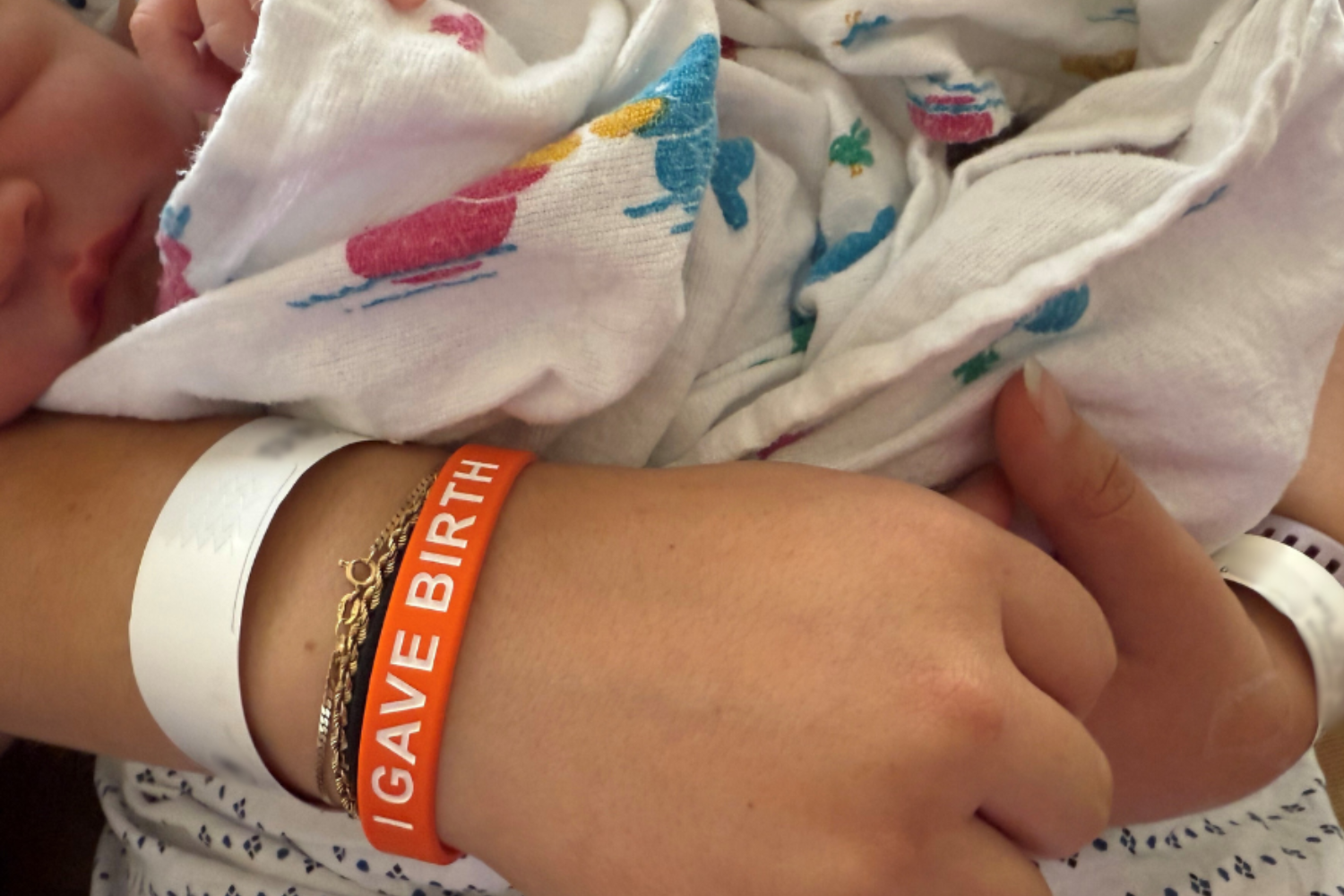Today, the American Heart Association and the American College of Cardiology jointly issued new clinical care guidelines for the treatment of patients with high blood pressure. Hypertension expert Dr. William B. White shares his perspective on the huge impact the updated blood pressure guidelines may have on millions of American patients.
White is past president of the American Society of Hypertension and chief of the Division of Hypertension and Clinical Pharmacology at the Pat and Jim Calhoun Cardiology Center at UConn Health. He serves as professor of medicine at UConn School of Medicine and is editor-in-chief of the journal Blood Pressure Monitoring.
What do the new AHA/ACC blood pressure guidelines now call for?
The 2017 AHA/ACC guidelines on hypertension reduce the threshold for the diagnosis and treatment of blood pressure in adults from 140/90 mmHg to 130/80 mmHg.
How many more patients may now be considered as hypertensive?
With this new blood pressure level, it is estimated that the percentage of adult Americans diagnosed with hypertension will increase from 34% to 46% with the largest increase in Hispanic men.
Why is this new clinical guideline change so big?
In my opinion, the new hypertension guidelines will greatly improve the precision for diagnosing hypertension and will reduce the incidence of stroke, myocardial infarction, congestive heart failure and death due to cardiovascular causes.
What other good news comes with the updated blood pressure guidelines?
The new guidelines also greatly expands the use of out-of-office blood pressure monitoring, including ambulatory blood pressure, to properly diagnosis white-coat hypertension and masked hypertension in both untreated and treated patients.
Learn more about the new guidelines here and UConn Health’s Calhoun Cardiology Center at www.health.uconn.edu/cardiology.



